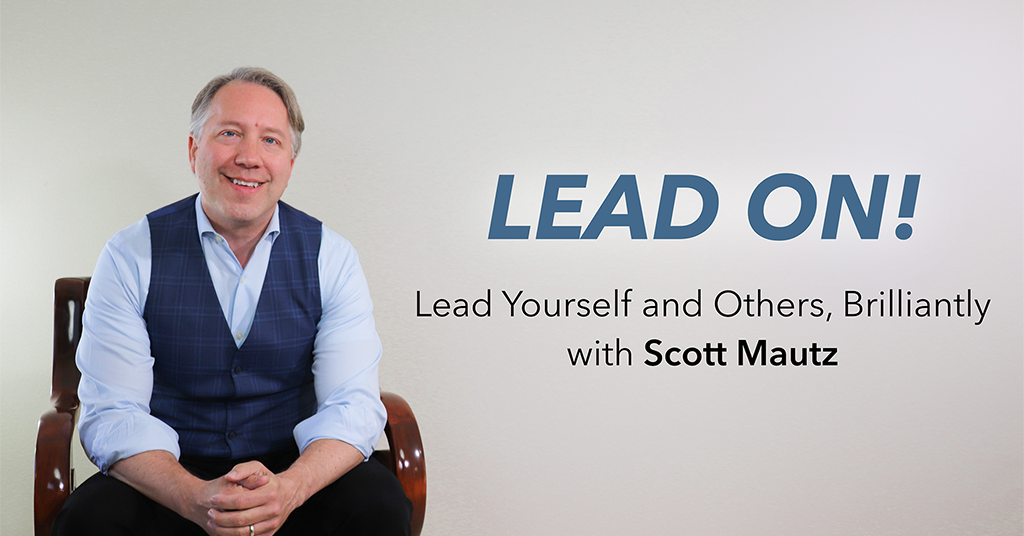
INSIGHTS (on leadership/self-leadership)
With hybrid work here (part remote/part in-office), what should leaders focus on? Systems, processes, and IT? Construct of the physical work space? Clarity of expectations? It’s overwhelming. But clients of mine ahead of the curve in successfully implementing hybrid work are focusing on one word as an all-encompassing, organizing thought: Connectivity. As in, “How will we connect people most efficiently to their work, to the culture, and to each other?” That’s it. How will you efficiently connect people to their work, using just enough technology, and no more? One study showed an incredible 69 percent of employees waste an hour every day just navigating between apps – a scary number certain to escalate if too much technology/too many applications are used as the “glue to hold things together” with hybrid work. How do you connect people to the culture you’re trying to establish/maintain? Just thinking to ask this question is half the battle, then creativity should kick in. How will you connect people to one another, and keep remote workers feeling connected in general? Research shows remote workers struggle most with feeling isolated, worrying about “colleagues not fighting for my priorities,” co-workers “making changes/decisions without looping me in,” and co-workers “lobbying against me/talking behind my back.” Again, thinking to ask the question is half the battle, then let planning and creativity take over. So, focus on connectivity to make hybrid equal high-potential.
IMPERFECTIONS (a mistake many of us make)
If you want more happiness, inner-peace, and a greater sense of control in your life, I can’t stress 7 words enough, something you already know but that research shows is something human beings fail to do most often: LET GO OF WHAT YOU CAN’T CONTROL. Read these 7 words again, out loud. Seriously. I’ll wait. Take in what it means. When you don’t let go of what you can’t control, you doom yourself to endless self-flogging, playing unhelpful tapes on auto-repeat, wasting precious energy on a truly pointless pursuit. Typical advice says, “Instead, focus on what you can control.” That’s nice, but the problem is that focus often stops at thinking about what you can control versus doing something in your control—which is much better for diminishing feelings of powerlessness. Thus, I advise, “For every one thing you can’t control, do one thing on your own terms.” Doing so yields what psychologists call a sense of agency, fostering feelings of ownership and self-determination. Research on torture survivors bears this out. The few survivors that did not suffer from persistent post-traumatic stress syndrome reported success at maintaining some sense of personal control during their horrific ordeal by setting rules in their own minds and acting on those rules; only screaming after having counted to a certain number, or eating food in a certain order of their choosing. In this way, they could still do some things on their own terms. Yes, I know it’s a horrifying, dramatic example, but it illustrates that even in the most adverse, uncontrollable situations, you still create personal power by not just thinking about what’s in your control, but doing something in a way that’s under your control.
IMPLEMENTATION (one research-backed strategy, tip, or tool)
I recently released a course on LinkedIn Learning titled One-Minute Habits for Success–check it out below:
Here’s a one-minute exercise from that course for improving your focus (especially when you really need to concentrate) called “The Mental Spotlight.” Here’s how it works. Picture a spotlight in a dark theater shining onto a stage. The beam of light is narrow at the top then broadens when it hits the stage. This mental image is a metaphor for how you’re going to create intense focus. First, ensure you’ve created the “dark theater environment” by shutting off distractions. Put your phone in another room or at least turn off notifications. Wherever your location, go to a quiet space without traffic or put on earphones as a signal you’re not to be disturbed. On your computer, close all applications, especially email and social media, except the one you’re working with in full screen mode. With a darkened surrounding environment now, picture being at the top of the beam of light, at its narrowest part. It’s narrow because this is where you decide what you need to focus on. Many of us don’t have a problem focusing per se, we have a problem deciding what to focus on. We jump from task to task or multi-task (doing two things at once), which we think we’re great at. But in truth, neuroscience shows we lose 40% of our productivity when we multi-task! So choose what to focus on. Continuing with the mental image, now tell yourself to stay within that beam of light and ride it downward, maintaining the intensity and sharpness of focus on your task. If you find your attention straying outside that beam of light (what you’re trying to concentrate on), forgive yourself and move right back within that focused beam. We lose more focus when we catch ourselves not focusing, and beat ourselves up for it! Now, picture moving to the end of the beam of light where it widens. It’s here that you’re really locked in, in a state of flow, mentally surrounding your task. It’s here where you successfully drive your task to completion. That’s the state of mind you’re aiming for with this exercise.




Leave a Reply